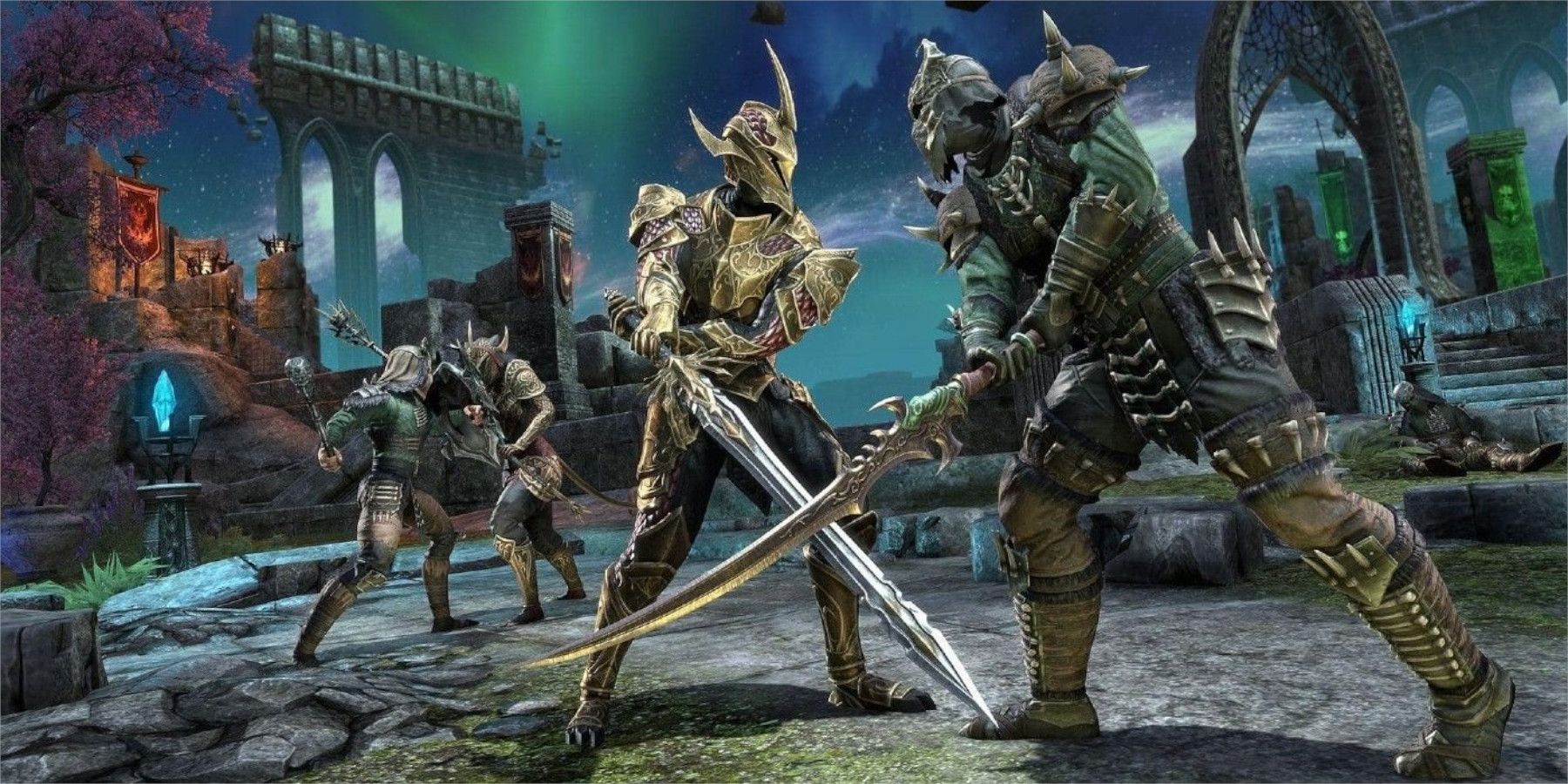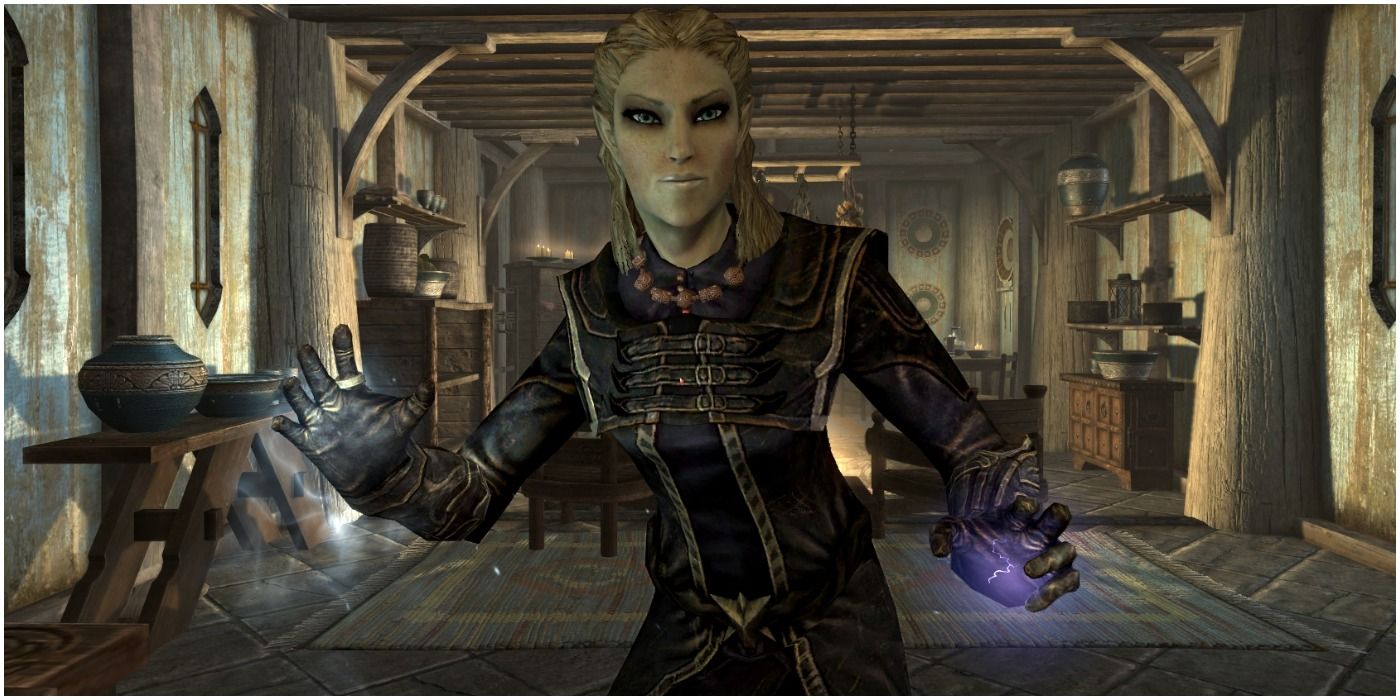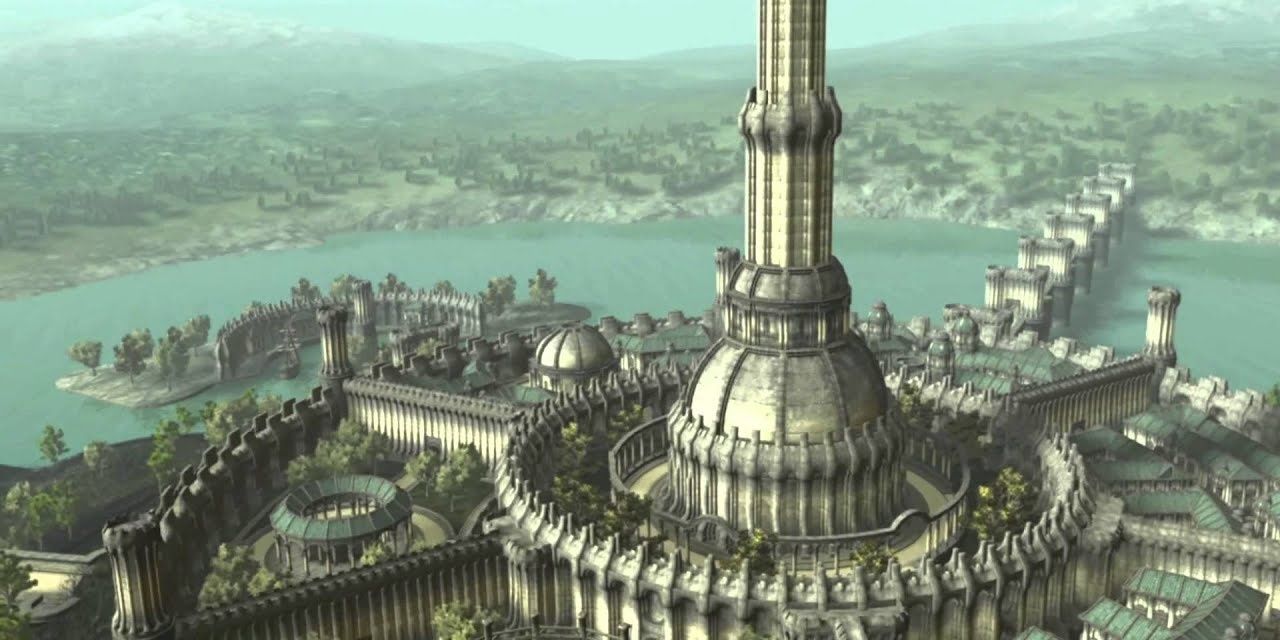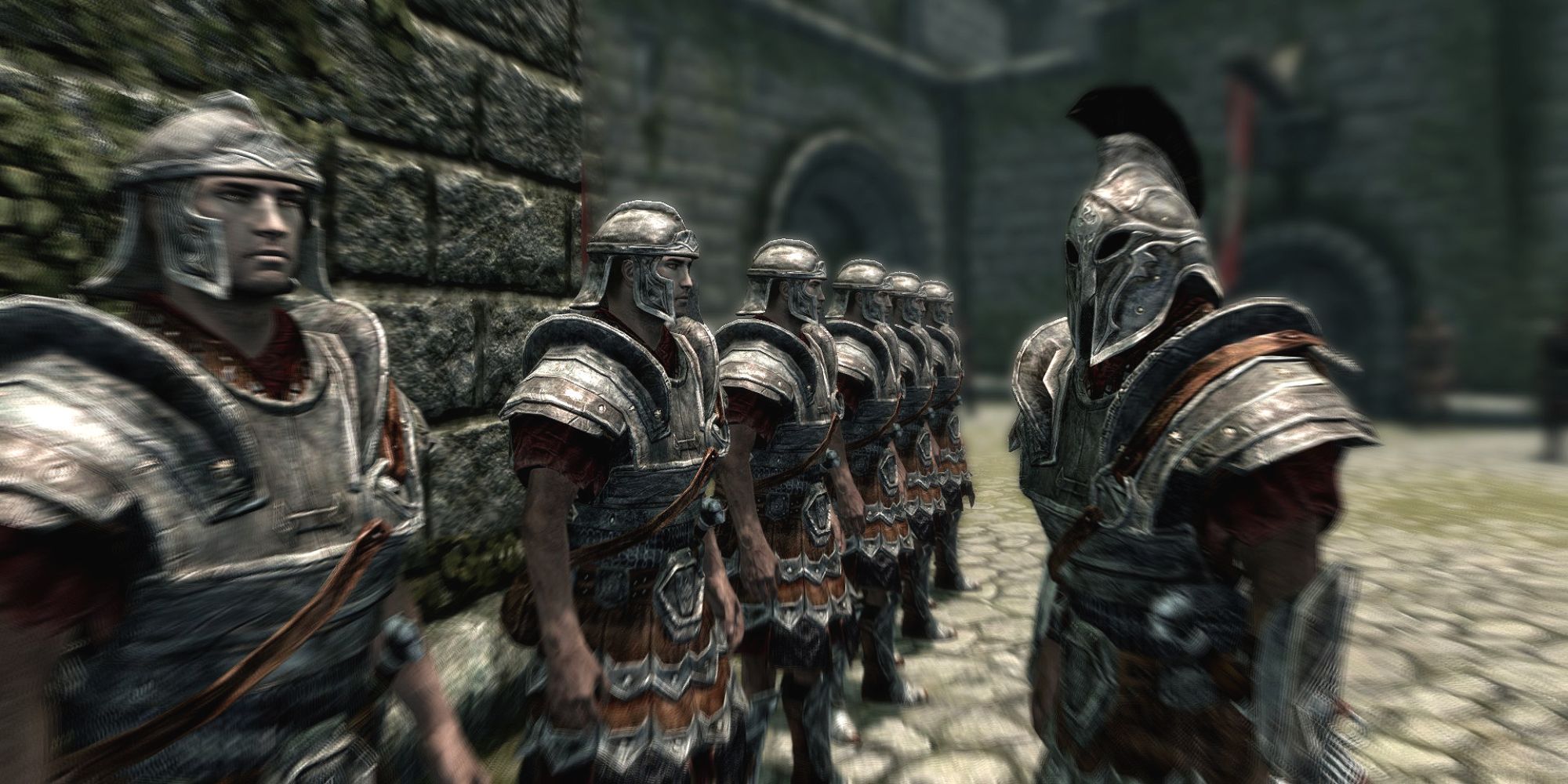The Elder Scrolls series boasts a world that is extremely detailed and filled with different cultures, lore, politics, and interesting characters. The games are set many years apart from one another, with the world evolving between them. This helps the games feel more alive and realistic, but it can make keeping track of important events and changes throughout the Elder Scrolls timeline difficult for players. This is particularly true for the large time gaps between games, such as the 201-year gap between Oblivion and Skyrim.
A lot of lore and historical events occurred over the course of those 201 years, a lot of which had an impact on the story and setting of Skyrim and should for The Elder Scrolls 6 as well. The time jump is the largest that has happened in the series so far, and saw the power and influence of the Empire that was at the center of Oblivion begin to crumble. This led to Imperials changing a lot in The Elder Scrolls as their influence slipped, but it also led to a very important event known as the Great War and the White-Gold Concordat.
The Elder Scrolls' Great War
The invasion of Oblivion that occurred all across the continent of Tamriel crippled the Empire. Once the Oblivion Crisis was over, many different factions took credit for it in their local areas, despite it being the work of the Hero of Kvatch and Martin Septim. One of these factions was the Thalmer, a supremacist group of High Elves from Summerset Isle. This led to nations such as Black Marsh and Elswyr seceding from the Empire, which also led to Black Marsh invading the weakened Morrowind. While the Empire was distracted with that war, the Thalmer supported a Wood Elf coup in The Elder Scrolls' Valenwood, eventually claiming it for themselves and dubbing it the Third Aldmeri Dominion.
The Third Aldmeri Dominion then took a list of demands to the Empire, including that it disband the Blades, stop worshipping Talos, and hand over a large section of Hammerfell to the Third Aldmeri Dominion. The Empire refused, which sparked the Great War. The war went terribly for the Empire, so much so that the Imperial City was sacked and Oblivion's iconic White-Gold Tower was looted. The Empire was able to mount a counterattack, but it was in no shape to continue fighting after taking back the Imperial City, and instead took the opportunity to negotiate a peace treaty.
The Signing of the White-Gold Concordat
The White-Gold Concordat was signed in its namesake, the White-Gold Tower. It successfully brought the Great War to an end, but it was devastating for the Empire. The treaty also fully adhered to the original demands that started the war. The Empire agreed to give a large portion of southern Hammerfell to the Third Aldmeri Dominion, as well as banish the worship of Talos across the Empire.
The banishment of Talos was a particularly sore spot for the Thalmor. The Empire believes Talos is their first Emperor after he ascended to godhood at the end of his reign. However, that same Emperor originally conquered the Thalmor home of Hammerfell with the use of advanced technology from The Elder Scrolls' mysterious Dwemer race. The superior technology allowed the Empire to decimate the Thalmor of Hammerfell during the invasion, which bred a lot of animosity between the two, and led to the Thalmor viewing the worship of Talos as an insult to their people.
Consequences of the White-Gold Concordat
The White-Gold Concordat had a massive effect on the world, seen in Skyrim. A lot of resentment built in the Nords of Skyrim toward the Empire and Aldmeri Dominion as a consequence of the banning of Talos worship. The first Emperor was a Nord, which had led to Skyrim holding Talos in very high regards. The resentment only increased because many Nords had gone to help retake the Imperial City for the Empire, just to feel betrayed by the White-Gold Concordat. The Empire's apparent weakness also led Skyrim to feel as though the Empire could not protect them as it swore to, leading to an uprising by Ulfric Stormcloak brewing and eventually erupting into yet another civil war at the start of Skyrim.
As for Hammerfell, the people of the country also felt betrayed and abandoned by the Empire that was willing to hand it over to the Third Aldmeri Dominion. The nation was unwilling to accept losing so much of its territory and people, so it continued the war even after the White-Gold Concordat was signed. This led to the Empire having to release Hammerfell as an Imperial province to maintain the treaty. Hammerfell eventually negotiated a separate, more favorable peace treaty with the Thalmor. However, the Redguards of Hammerfell still resented the Empire for seemingly betraying them and leaving them to fend off invaders. The southern portion of Hammerfell was destroyed by years of warfare, leaving the country alone to pick up the pieces and leaving the Redguards in The Elder Scrolls forever changed.
It will be interesting to see where The Elder Scrolls 6 takes the tenuous political climate of Tamriel next. There are many rumors floating around with regards to the game, including The Elder Scrolls 6 being a pirate game or being set earlier in the timeline. Fans will have to wait for Bethesda to announce some official information before anything is known for certain. Hopefully Bethesda does so soon, that way fans of The Elder Scrolls can start getting ready to return to the deep world of Tamriel.




